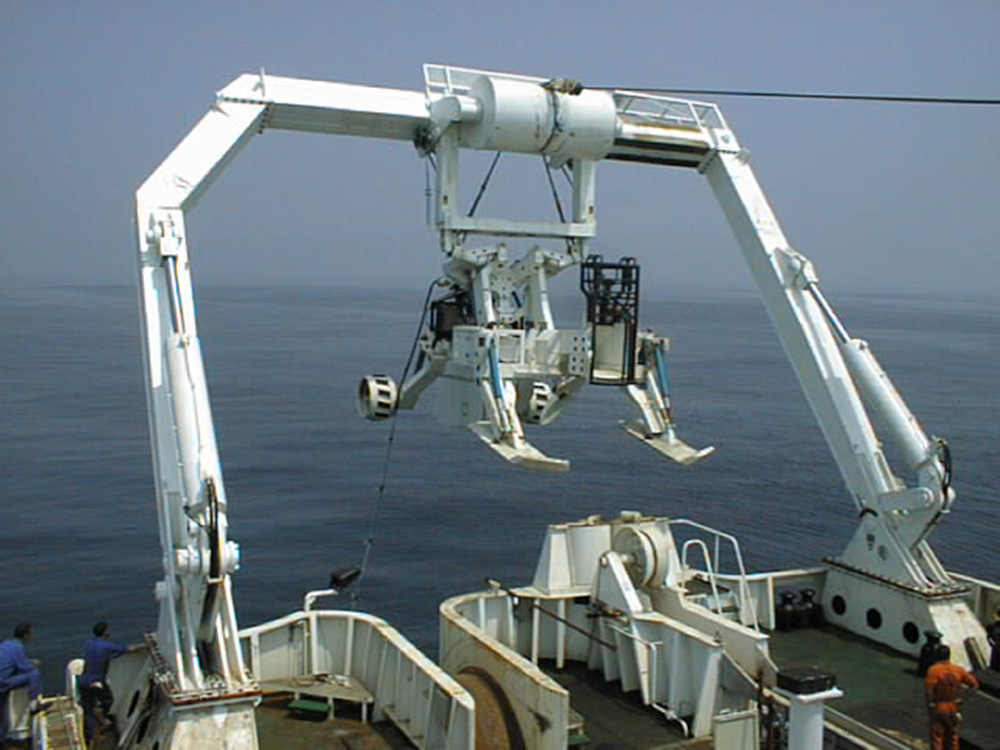Colin Parkinson
Army.ca Myth
- Reaction score
- 9,167
- Points
- 1,160
I keep the stern ramp, way easier recovering in a sea.That's actually a pretty nice ship, good range and endurance. I would however redesign the back end and eliminate the stern ramp and have a payload area to stage modular payloads such as TRAPS. Probably go with the ice class option.

